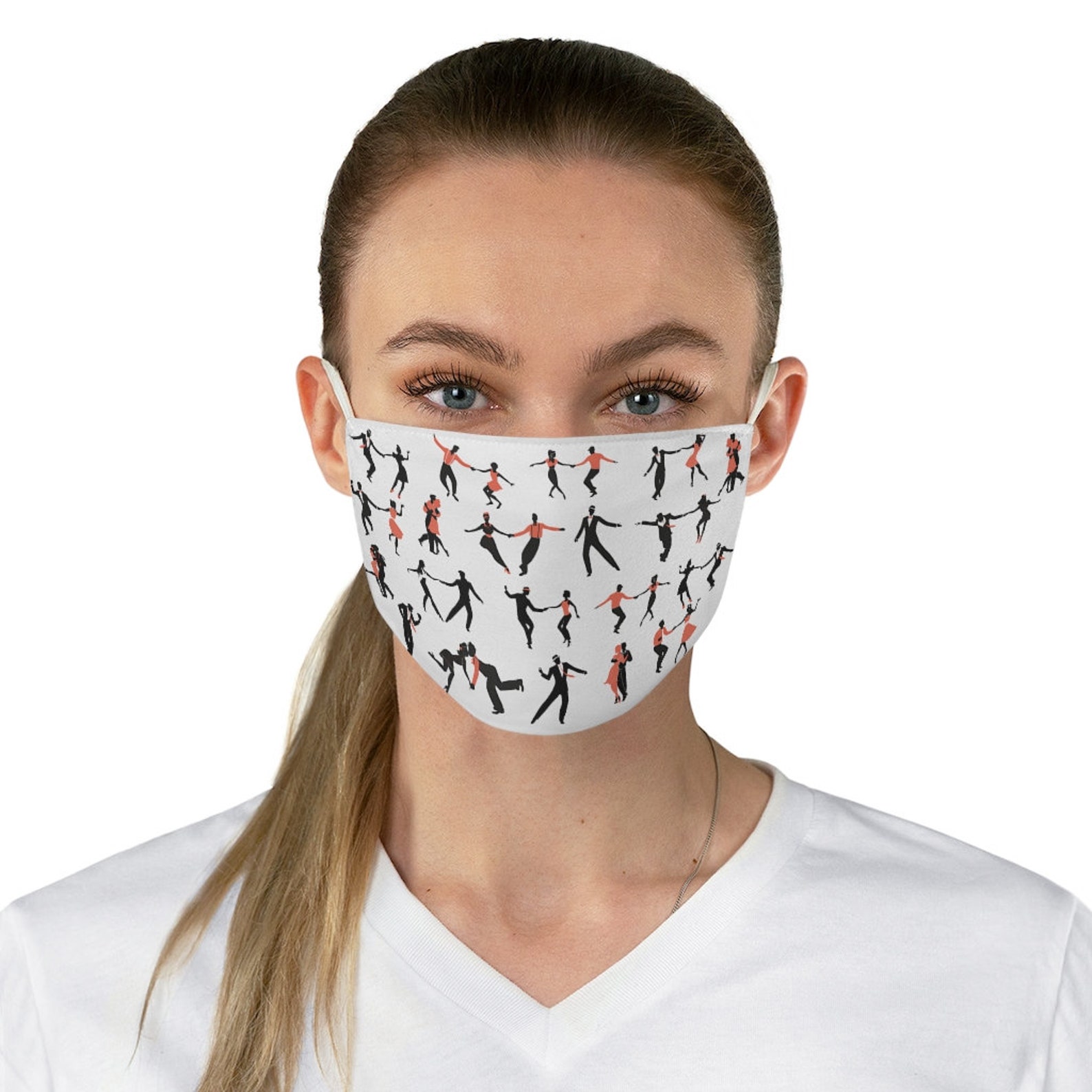

One way to detect a fake is to hold it top side up under a dripping faucet: If the droplets soak in instead of completely beading up, it’s not a real surgical mask, which by definition should have some level of water resistance.įor masks sold on Amazon, we confirmed with the manufacturer that we had a legit link to the product it was selling, and if we couldn’t reach the manufacturer (and if the mask was sold out everywhere except Amazon), we checked that the mask was both sold and shipped directly by Amazon. Others have appeared to be missing layers altogether, he said. Some have exhibited a mere 20% filtration rate on small particles (about the same as many of the filterless cotton masks we tested for our guide to cloth face masks), though most of them have demonstrated a slightly less shocking 70% to 80% rate. In fact, Colorado State University’s Christian L’Orange-who has tested thousands of masks, including our picks-told us that the most egregious fails have come from surgical-style masks as opposed to respirators. The packaging on most simply says “face mask,” in which case you can’t expect the masks to filter like the kinds of masks that health-care workers wear in hospitals. The dimensions were neither too large nor too small for most of our testers, yet the mask also accommodated one tester who has a beard (though, of course, facial hair inherently lessens a mask’s seal).Īs for disposable pleated masks, every neighborhood store and online vendor seems to sell them these days, but not all of them are actually surgical masks-just surgical-style, which is why they’re often a third or half the price of actual authorized surgical masks. We also like that you can choose to buy as few as 10 masks in a pack (though you can order as many as 10,000). Slightly rounded, as opposed to flat, they’re somewhat gentler on the ears, too. We like that the mask’s fasteners are sturdily attached (more so than most) and that they knot easily for adjustment. And it did: With a perfect seal, the mask offered more than 99% filtration efficiency for 0.5-micron-diameter particles drawn through a chamber at a rate of 15 liters per minute (similar to the rate that a person would exhale when talking at normal volume). When Chinese authorities updated the KN95 standard this summer, we commissioned Colorado State University’s Center for Energy Development and Health to verify that the Powecom mask sold by Bona Fide Masks maintained its high filtration efficiency. Its KN95 was FDA-cleared under the agency’s emergency use authorization during the N95 shortage. Powecom has been around since 2009 and is a recognizable name in China for making masks, even before the pandemic.

(“I’m always suspicious of masks that have little or no breathing resistance to them,” said Christian L’Orange, the assistant research professor of mechanical engineering who ran our cloth-mask filtration test at Colorado State University.) The Kimberly-Clark mask closes absolutely flat without the need for you to pinch the nose wire closed, as you have to with many other foldable masks, and at around $1 a mask, it’s also the least expensive NIOSH-approved N95 we’ve seen so far. This mask doesn’t feel the easiest to breathe through-but that suggests some degree of filtration efficiency. I was able to place the lower band higher on my head to prevent air from escaping around my chin (a pain point for me with other respirators). In our experience, a long, sturdy nose-bridge wire helped minimize glasses fogging, too. A more cavernous cut (about an inch wider on each side compared with the typical respirator) means more filtered air to breathe in. Soft headbands that easily knot and stretch over various positions on the head form a good seal and are plenty comfortable for long-term wear.


 0 kommentar(er)
0 kommentar(er)
